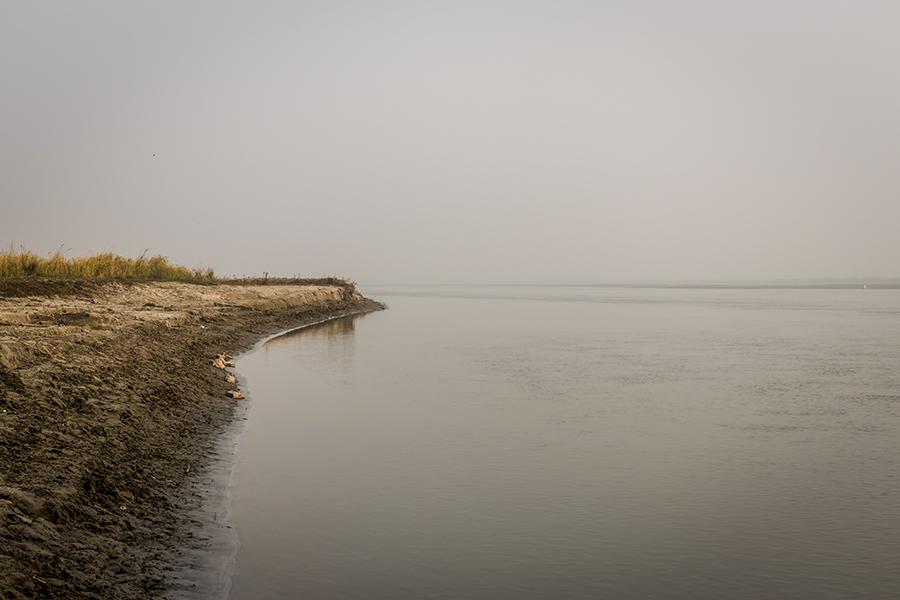How local communities can help reduce vulnerabilities to natural disasters
Human intervention and social activities are often considered to be the key contributors to climate change. However, the same source can also be turned into a driving force that can learn from past experience, evaluate the foreseeable risk, and prepare us for sustainable living
As greenhouse gas (GHG) emissions continue to rise unabated, the consequences of climate change now include intense droughts, water scarcity, severe fires, rising sea levels, flooding, melting polar ice, catastrophic storms, and declining biodiversity, among others. The occurrence of natural disasters have increased significantly in the recent past, which, as per the research, is almost five-fold in the last 50 years. The consequences are now experienced in all our lives, with both social and economic losses. Insured losses from natural disasters have reached $42 billion in the first six months of 2021. Not to forget the irreversible loss of human life, livestock, and livelihood. While the United Nations (UN) identifies several vulnerable communities, such as small island nations and coastal communities, the rural communities in India are particularly more prone to loss from weather extremes and vagaries.
Role of community
Human intervention and social activities are often considered to be the key contributors to climate change. However, the same source can also be turned into a driving force that can learn from past experience, evaluate the foreseeable risk, and prepare us for sustainable living. Government policies and organisational efforts should quickly move from relief and response mode to disaster risk reduction. If the collective endeavour and accountability is targeted as a shared community movement, timely interventions can restrain significant impact.
How to make a difference
By using the power of local communities and following these five steps, climate support organisations can evolve a Natural Disaster Containment plan and get the desired results.
Inform: A communication strategy that should emanate with inputs from science and community lore. Highlight vulnerabilities and develop preparedness along with community leadership, like the National Disaster Management Authority, the National Disaster Response Force, and State Disaster Mitigation Authorities, which have demonstrated the efficacy of this.
Consult: Research-based information and community lore complement each other. Consultations with the community is, therefore, vital to developing adaptation strategies. Homesteads and enterprises infrastructure, support functions, and assets—including agricultural lands—need to be kept secure from extreme weather events.
Involve: Community should be a part of the change program, as they will have to endure the outcomes and sustain the success in the coming years. Their concerns should be validated at every stage of development and their wills should be brought in to manage the transformation.
Collaborate: Local elected bodies and key influencers can become the gamechangers and draw success. Collaboration with people will ensure success through the phases of planning, execution, and control.
Empower: Playing the pivotal role should be the key. Leave the decision-making responsibility in the hands of the communities.
Success is all around us
Stories from our region are not difficult to find. The impetus is on us to propagate their success, amplify the efforts of our heroes, and replicate best practices. Here are some of those success stories:
- Dhun Project in Phagi tehsil, Jaipur, Rajasthan—A local hero and hotelier by profession, Manavendra Singh Shekhawat brought life back to this village by using the wisdom of local men and involving the community to stop desertification. A severe flood had washed away the topsoil of this arid land, which led to a gradual process of the sand covering the land. The community was motivated to identify natural slopes and create water bodies. So a local flora was created, and a natural ecosystem was developed over time. Today, a small local forest is flourishing in the region, which is giving life back to the community and changing its economy.
- Kosi River Project—A flood-prone river, every year the economic and social impacts are severe. The objective of this project was to assess the impacts of climate change on current and future development in the river basin.
As a result of the hard work and dedication:
- It has helped reduce the frequency of climate related disasters by making use of calibrated models that assesses the impacts of climate change related events.
- Communities are now being treated as stakeholders to induce change.
- Awareness building workshops have been introduced at local schools, where the new generation is being trained.
- Policy recommendations have been made at national and community levels for Disaster Risk Reduction (DRR) and Climate Change Adaptations (CCA).
- Flood lines have been identified with the help of locals and community halls, schools, and homes are being raised above this level, thus, reducing the annual losses.
- Locals are being approached for research work.
- MGNREGA funds are being leveraged for flood protection and embankments.
Our way into the future
The disaster recovery plans need to support and promote community self-reliance and empowerment, and where possible add to the sustainable social infrastructure of communities. This is a collective effort and transformation of each unit level can drive a revolution that will enable the building of a safe future. The need is heartfelt and real. As former US President Barack Obama said, “We are the first generation to feel the effect of climate change and the last generation who can do something about it.”
About authors: Sunil Kumar Nandamudi is the Head of Sustainable Banking India & Head of NatWest India Foundation, NatWest Group, and Akshay Vats is the Director of Communications, India at NatWest Group.
The thoughts and opinions shared here are of the author.
Check out our end of season subscription discounts with a Moneycontrol pro subscription absolutely free. Use code EOSO2021. Click here for details.
